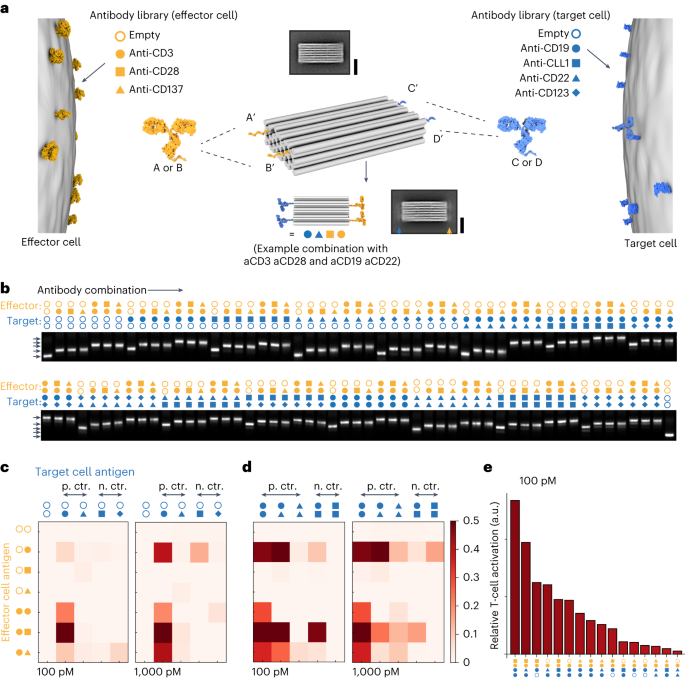2023-08-17 ニューヨーク大学 (NYU)

Photo credit: Sharamand/Getty Images
◆この研究では、視覚記憶を保持するだけでなく、なぜ保持するのかという点も重要であることが示されました。具体的には、視覚記憶の特性を脳内に保存する方法と、その記憶を保存する神経コードが時間とともに変化する方法に焦点が当てられました。また、記憶コードは、過去に記憶した刺激と、その刺激に基づく将来の行動に関する情報を同時に含むことが示されました。
◆これにより、作業記憶の神経ダイナミクスは、記憶を将来の行動に合わせるように変換されることが明らかになりました。
<関連情報>
- https://www.nyu.edu/about/news-publications/news/2023/august/more-than-meets-the-eye–new-research-shows-how-the-visual-syste.html
- https://www.cell.com/current-biology/fulltext/S0960-9822(23)01039-4
ヒトのワーキングメモリーの神経集団動態 Neural population dynamics of human working memory
Hsin-Hung Li,Clayton E. Curtis
Current Biology Published:August 17, 2023
DOI:https://doi.org/10.1016/j.cub.2023.07.067
Highlights
•Both stable and dynamic neural codes support visual spatial working memory (WM)
•Surprisingly, WM dynamics are greater in visual compared to frontoparietal cortex
•Neural dynamics were made interpretable by modeling population-level activity
•Reformatting of WM representations drives neural dynamics
Summary
The activity of neurons in macaque prefrontal cortex (PFC) persists during working memory (WM) delays, providing a mechanism for memory.1,2,3,4,5,6,7,8,9,10,11 Although theory,11,12 including formal network models,13,14 assumes that WM codes are stable over time, PFC neurons exhibit dynamics inconsistent with these assumptions.15,16,17,18,19 Recently, multivariate reanalyses revealed the coexistence of both stable and dynamic WM codes in macaque PFC. 20,21,22,23 Human EEG studies also suggest that WM might contain dynamics.24,25 Nonetheless, how WM dynamics vary across the cortical hierarchy and which factors drive dynamics remain unknown. To elucidate WM dynamics in humans, we decoded WM content from fMRI responses across multiple cortical visual field maps. 26,27,28,29,30,31,32,33,34,35,36,37,38,39,40,41,42,43,44,45,46,47,48 We found coexisting stable and dynamic neural representations of WM during a memory-guided saccade task. Geometric analyses of neural subspaces revealed that early visual cortex exhibited stronger dynamics than high-level visual and frontoparietal cortex. Leveraging models of population receptive fields, we visualized and made the neural dynamics interpretable. We found that during WM delays, V1 population initially encoded a narrowly tuned bump of activation centered on the peripheral memory target. Remarkably, this bump then spread inward toward foveal locations, forming a vector along the trajectory of the forthcoming memory-guided saccade. In other words, the neural code transformed into an abstraction of the stimulus more proximal to memory-guided behavior. Therefore, theories of WM must consider both sensory features and their task-relevant abstractions because changes in the format of memoranda naturally drive neural dynamics.


